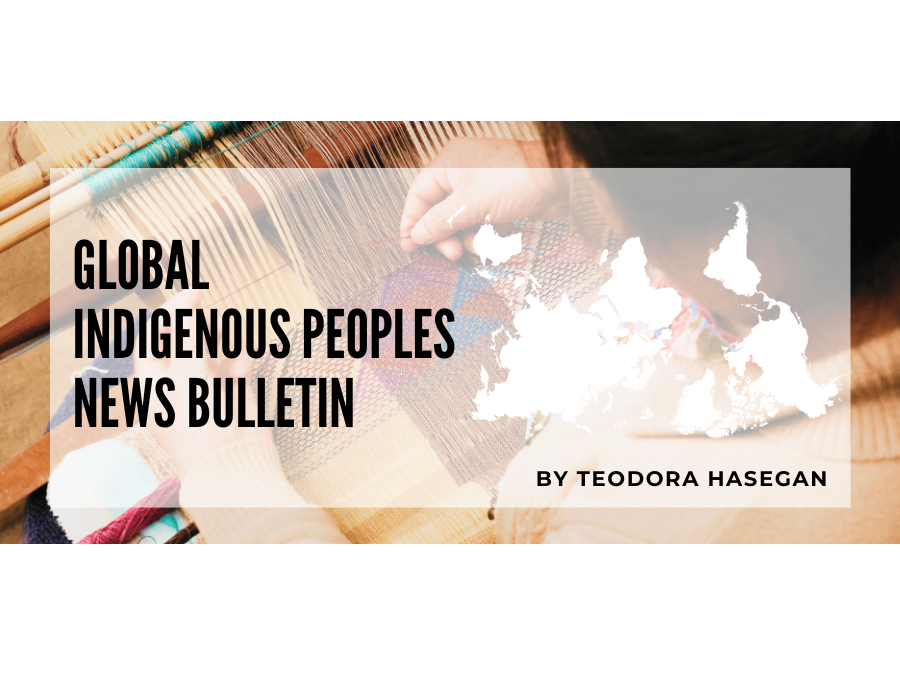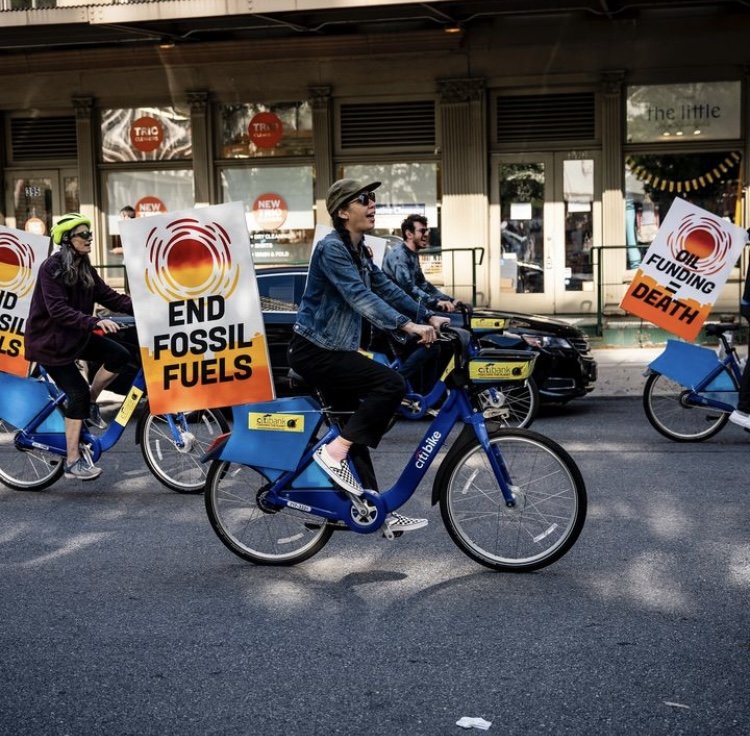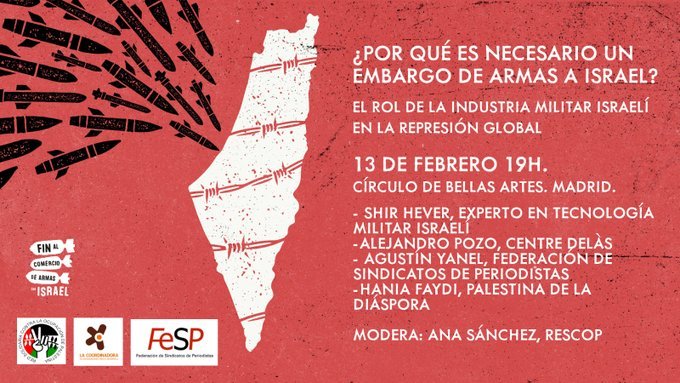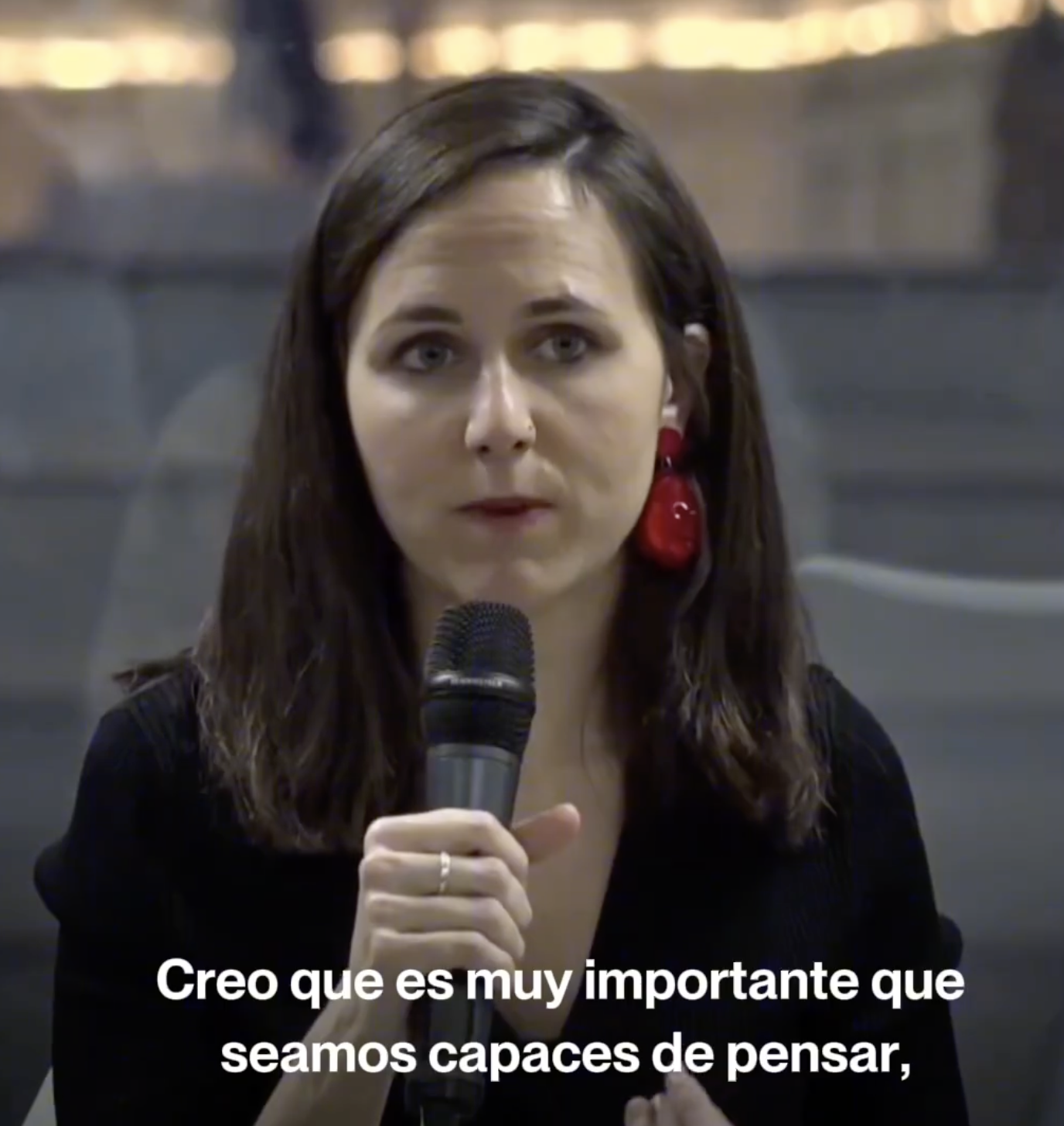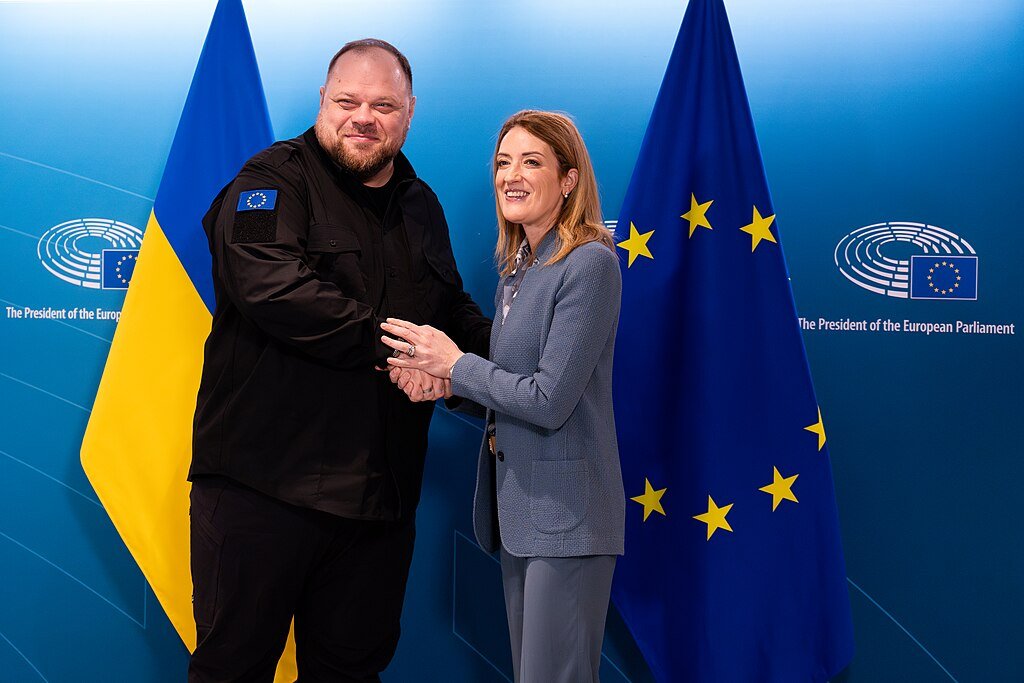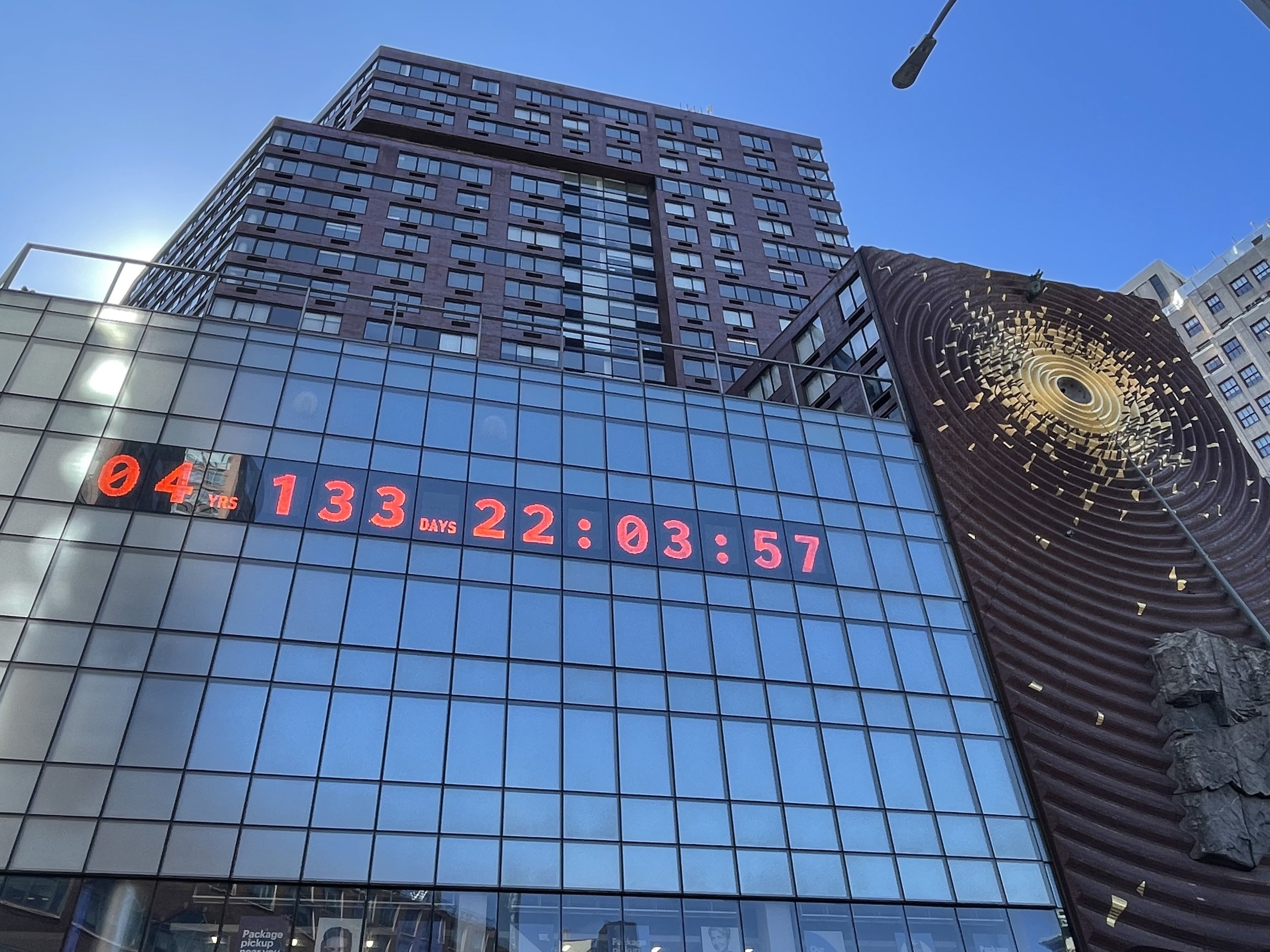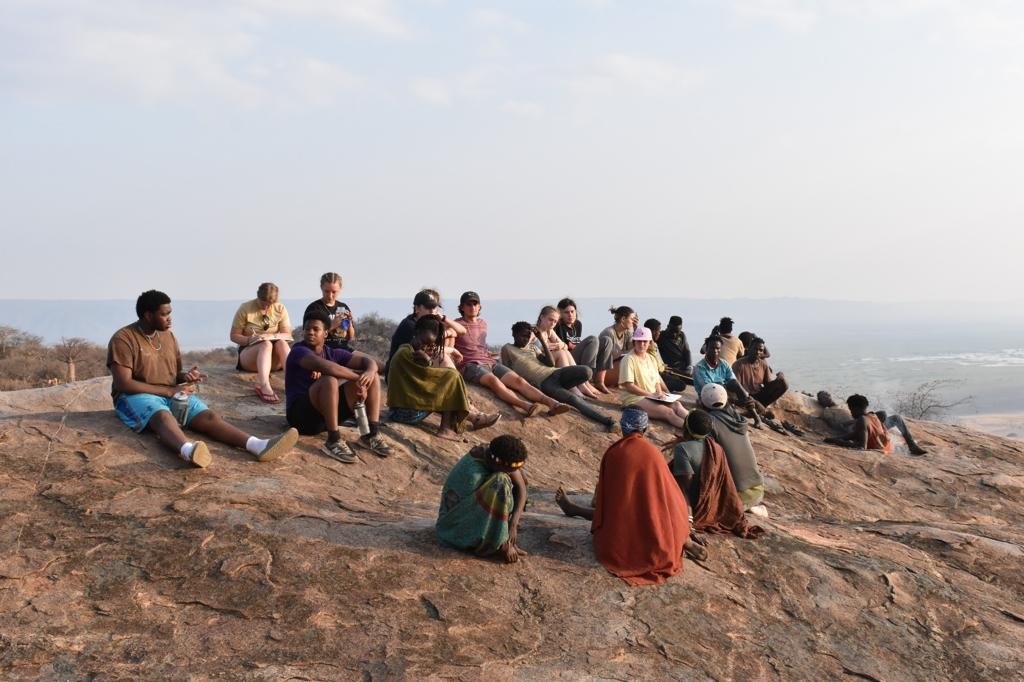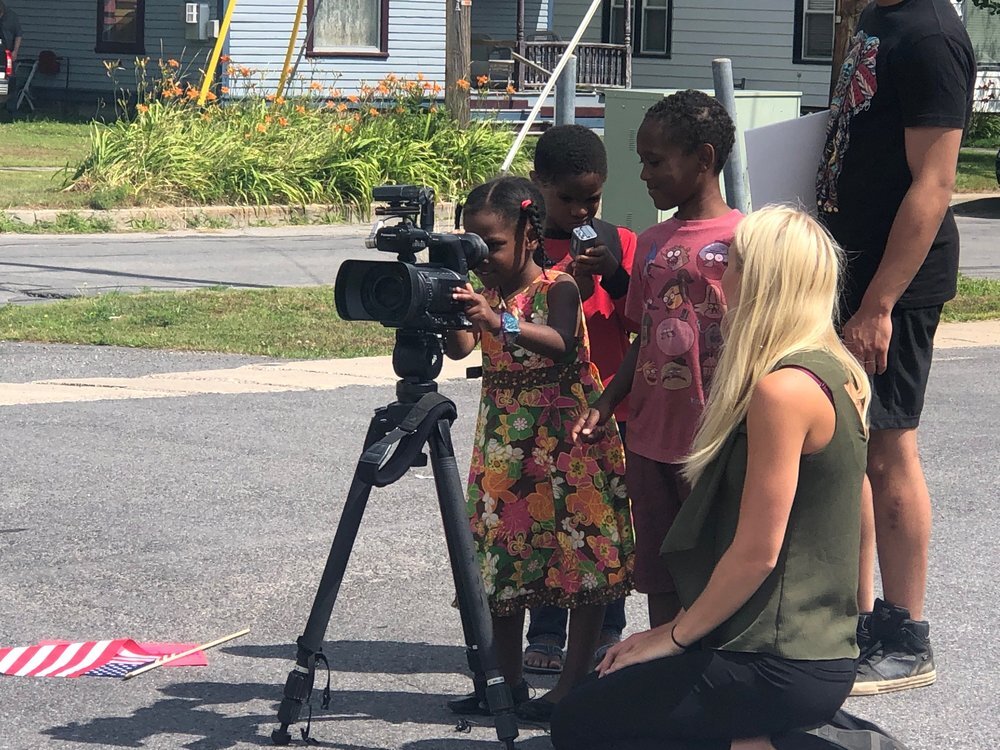
Stories
News

Analysis
Voices
Podcast
Announcements
Events
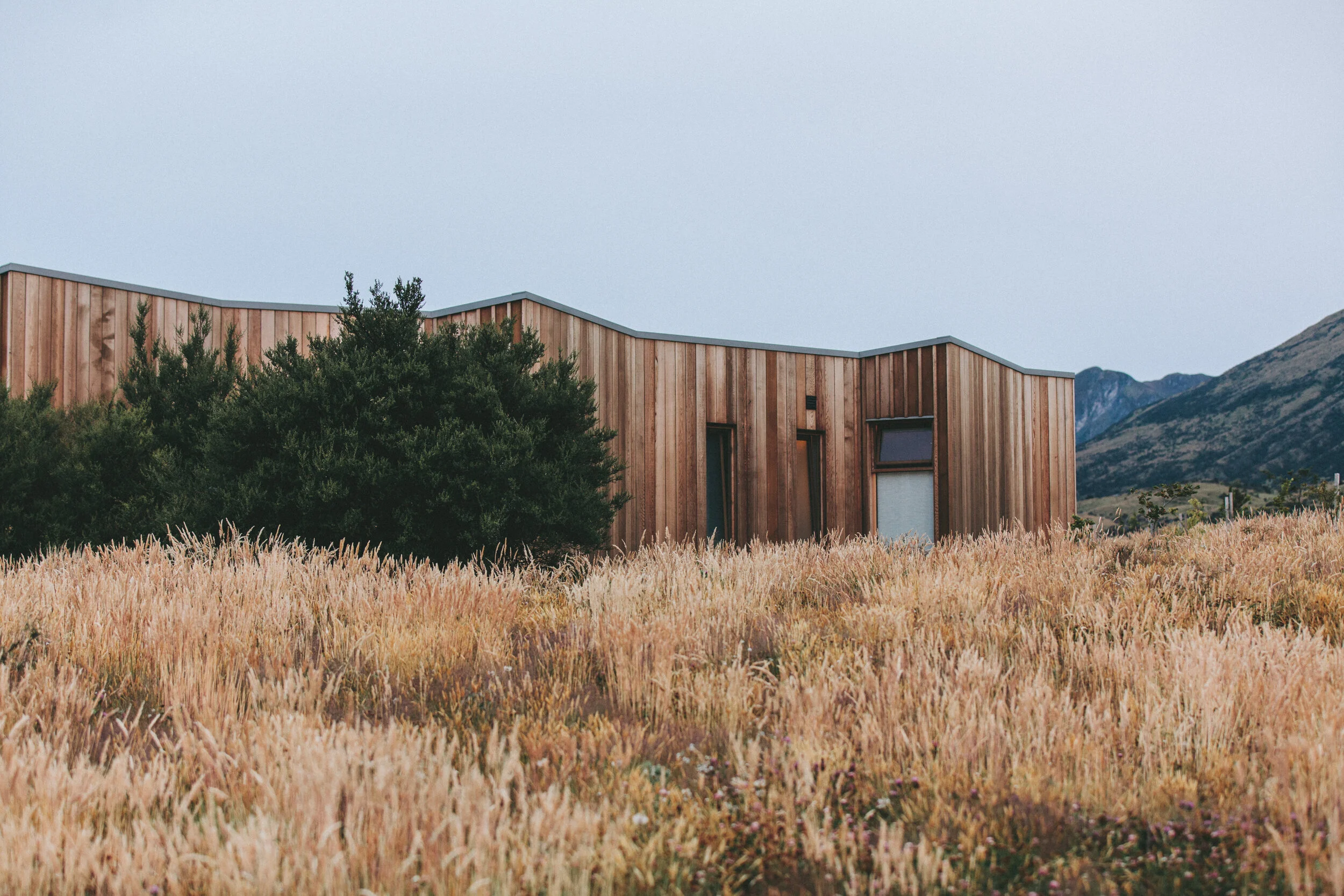
All Stories
Arabic Calligraphy in Street Art
By Cassandra Kunert
In her third post for our Weaving the Streets series, Cassandra Kunert takes a look at some of the artists who use Arabic calligraphy as a key element of their street art in Beirut and Amman. “Artists like El Qaqa and El Seed have embraced calligraphic tradition and in doing so have enriched the street art scenes in their communities,” she writes. These artists never viewed street art as an imported practice….By using traditional elements in non-traditional ways, El Qaqa, El Seed, and countless others have contributed to the development of unique art scenes that represent pride in their identity while also showing great respect for their community’s artistic heritage.”
Expressing Unity and Revolution: Lebanon 2019
By Cassandra Kunert
In her first installment for our Weaving the Streets project, Cassandra Kunert reports on what she observed when she went to Beirut, Lebanon, in search of street art - only to find a city whose population was rising up in huge numbers against the existing political and economic order.
Weaving the Past and the Present in Beirut's Public Spaces
By Bridget Ireland
One of the best parts of studying in Jordan, a centrally located Middle Eastern country, is the ease of travel around the region. I was lucky enough to travel to Beirut, Lebanon, over a break in the semester at AMIDEAST to experience a new city and new culture. Beirut has significantly more street art than Amman at the moment, partly because of the consistent political turmoil and lack of stability in the government. Street art is a way to express political activism and culture, which Beirut is not lacking. Colorful word art and unique designs adorn the city, a way of distinguishing itself as an independent city.

